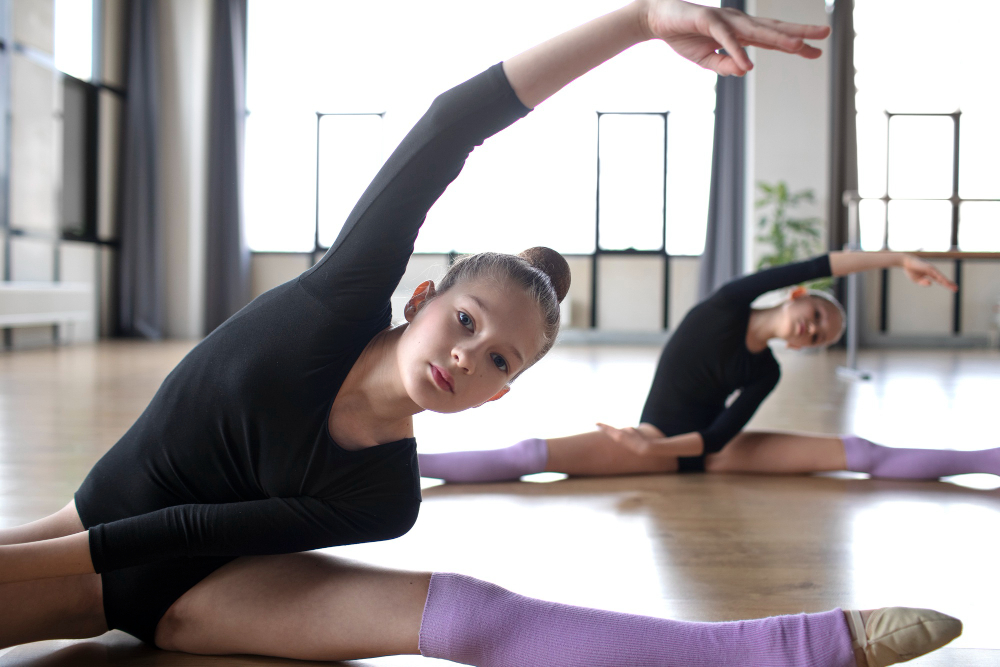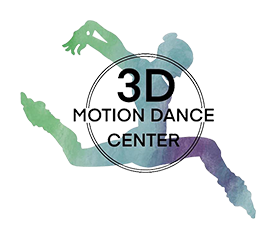Relieving and Preventing Sore Muscles After Ballet Classes

For aspiring dancers, ballet offers a beautiful blend of discipline, artistry, and physical endurance. However, anyone who attends ballet classes knows it’s not unusual to feel the strain of sore or tight muscles after a particularly challenging session. Whether you're a beginner or an experienced dancer practicing in Apopka, FL, managing muscle soreness is key to enjoying ballet while keeping your body healthy.
This guide will explore effective ways to relieve tight, sore muscles after ballet, as well as actionable tips to help prevent discomfort altogether. By the end of this post, you’ll feel more confident in your recovery routine, ready to perform those pirouettes pain-free.
Why Muscle Soreness Happens in Ballet
Muscle soreness after ballet often arises from intense physical activity, especially if you're exploring new movements or pushing your physical limits. This condition, known as delayed-onset muscle soreness (DOMS), typically sets in 12–24 hours after a class or performance.
Key contributors to muscle soreness include:
- Intensive physical movements like jumps, leaps, and deep pliés that involve eccentric muscle contraction.
- Repetitive motions that place stress on key muscle groups like the calves, quads, and core.
- Stretching and flexibility training, which elongates muscles and stresses them in new ways.
Understanding why soreness occurs is the first step to managing and preventing it. Next, we’ll explore how to find relief.
Effective Ways to Relieve Sore Muscles After Ballet
When soreness strikes after a ballet class, it’s crucial to give your body the care it needs to recover effectively. Here are some expert-recommended tips:
1. Stretch It Out
Stretching tired muscles improves circulation, reduces tension, and helps release lactic acid buildup. After class, set aside 10–15 minutes to gently stretch major muscle groups, especially the hips, calves, hamstrings, and back. Some helpful stretches include:
- Child’s Pose for back relief.
- Downward Dog to stretch calves and hamstrings.
- Butterfly Stretch for inner thighs and hips.
2. Hydrate
Your body needs to stay hydrated to repair muscles effectively. Water supports circulation and helps flush out toxins that contribute to soreness. Avoid caffeine or sugary drinks that can dehydrate your body.
3. Treat Yourself to a Warm Bath
Immersing sore muscles in a warm bath does wonders for alleviating pain. Add Epsom salts to the water; they are rich in magnesium and support muscle relaxation.
4. Use Foam Rollers or Massage Balls
Foam rolling is widely regarded as one of the best methods for easing muscle tightness. Be sure to target key ballet areas like your calves, thighs, and back. Massage balls work well for targeting smaller or harder-to-reach areas.
5. Ice Therapy for Swollen Areas
If you notice swelling or inflammation, applying an ice pack for 15-minute intervals can help. Ice helps constrict blood vessels, reducing swelling, pain, and stiffness.
6. Eat Foods That Aid Muscle Recovery
Your diet can accelerate muscle recovery after class. Opt for foods rich in protein, healthy fats, and antioxidants, such as:
- Eggs, salmon, or tofu for protein.
- Avocado and nuts for healthy fats.
- Berries and spinach for antioxidants.
7. Get Proper Rest
Recovery time is key. Allow your body one or two days to rest if you’re especially sore. Getting quality sleep also encourages cellular repair.
Implementing these habits into your post-class routine can make a world of difference when it comes to soreness management.
Preventing Muscle Soreness Before It Starts
While managing soreness is important, prevention is even better. Here’s how you can protect your muscles before you step into your next class.
1. Warm Up Before Class
Jumping straight into challenging combinations without warming up is a quick way to invite injury and soreness. Spend at least 10 minutes preparing your body with dynamic movements like leg swings, arm circles, and light cardio.
2. Focus on Proper Technique
Poor technique not only increases the risk of injury but can also strain your muscles unnecessarily. Pay close attention to your form during pliés, port de bras, and other movements. Enrolling in professional ballet classes ensures you develop the correct techniques under expert guidance.
3. Build Strength Gradually
If you’re a beginner or returning to ballet after a break, give your body time to adapt. Gradually increase the intensity and frequency of your workouts to prevent overloading your muscles.
4. Maintain Consistent Flexibility Training
Regular stretching sessions outside of class can improve flexibility and reduce muscle tightness over time. Incorporate flexibility exercises into your daily routine—not just immediately after class.
5. Wear Proper Ballet Gear
Your body needs the right support during every class. Invest in high-quality ballet shoes and clothing that allow your muscles to move freely without constriction.
6. Stay Active Between Ballet Classes
Engage in cross-training activities like yoga, swimming, or Pilates to build strength and endurance. This will better prepare your muscles for the effort ballet demands.
By following these practices, you can greatly reduce your risk of experiencing sore muscles and keep your body healthy and strong as you pursue your passion for ballet.
Why Choose Ballet Classes in Apopka, FL at 3D Motion Dance Center?
If you’re a ballet lover in Apopka, FL, 3D Motion Dance Center is the ideal place for you. Here’s why:
- Professional Instruction: Our experienced ballet instructors are committed to helping you learn proper techniques while enjoying the art and beauty of dance.
- Supportive Environment: Whether you’re a novice or experienced dancer, we foster a welcoming atmosphere where everyone can thrive.
- Tailored Classes: We offer sessions for all skill levels, ensuring every dancer gets the personalized attention they need.
- Focus on Well-Being: At 3D Motion Dance Center, we place a strong emphasis on injury prevention and recovery, instilling healthy habits for a lifetime of dancing.
Experience the joy of dance with us while learning how to care for your body during and after class.
Step into Your Ballet Journey Today
Muscle soreness shouldn't hold you back from the beauty of ballet. Whether you're seeking relief from tight muscles or simply looking to avoid discomfort altogether, these tips will empower you to give your best in every class.
If you’re ready to take your ballet experience to the next level, why not join us at 3D Motion Dance Center in Apopka, FL? With expert instruction and a supportive community, we’ll help you build strength, grace, and confidence on and off the dance floor.
Contact us today to sign up for a free trial class and discover how ballet can transform not only your body but your entire well-being.
